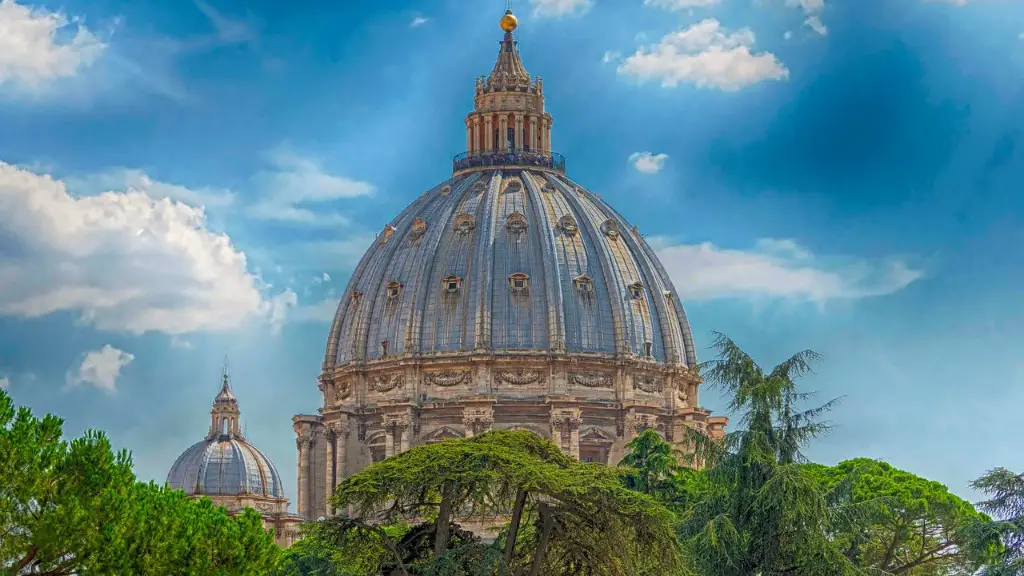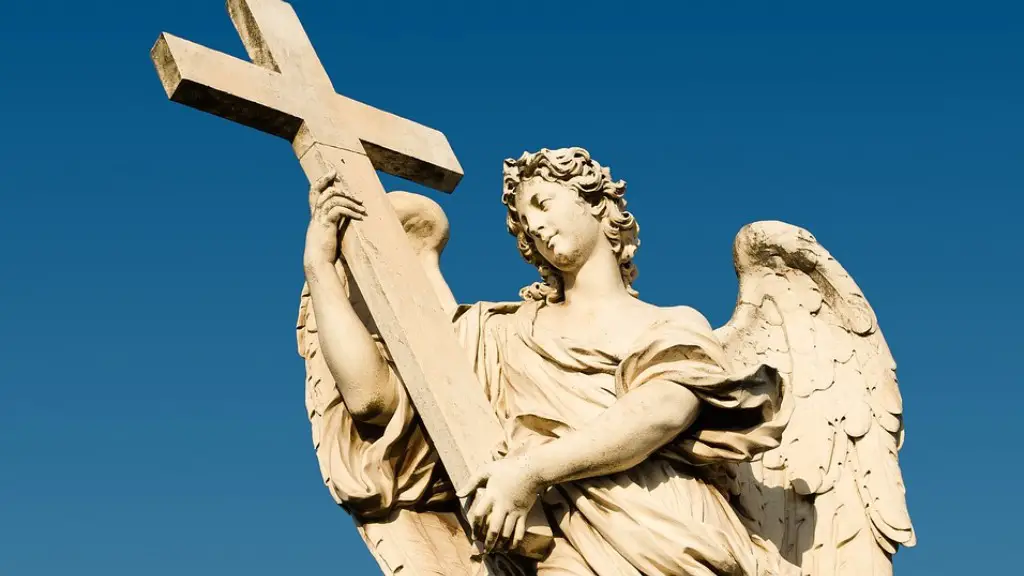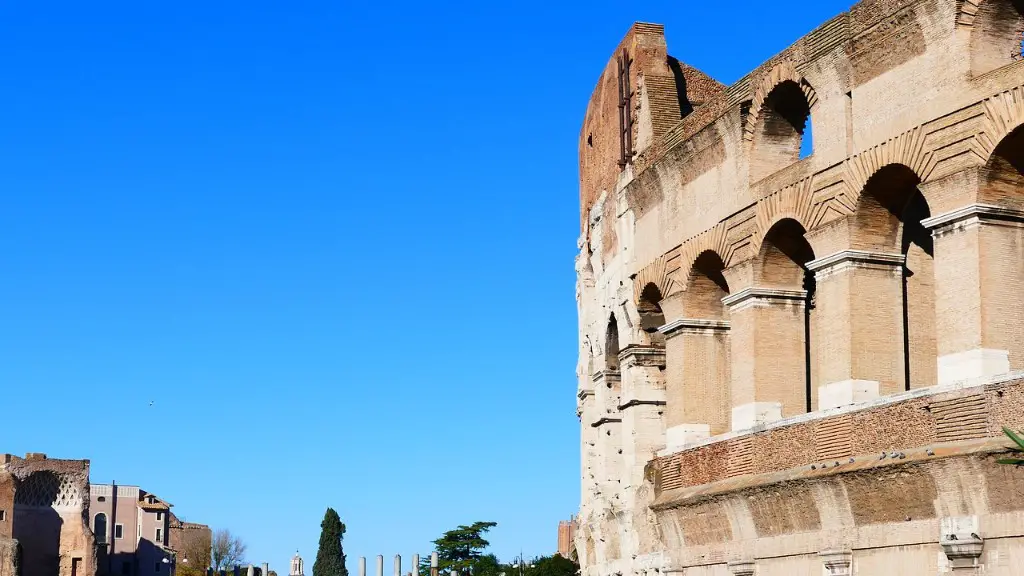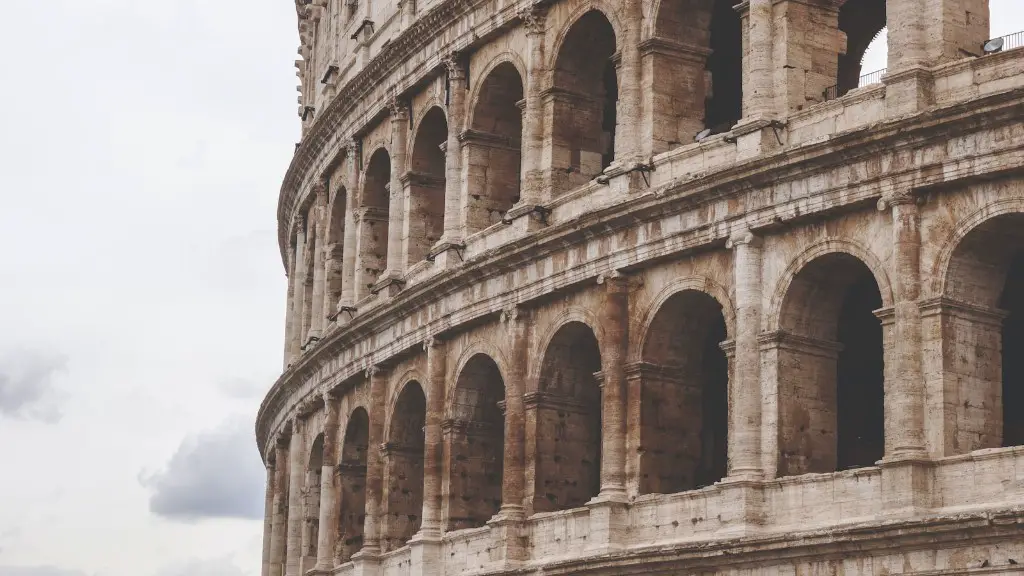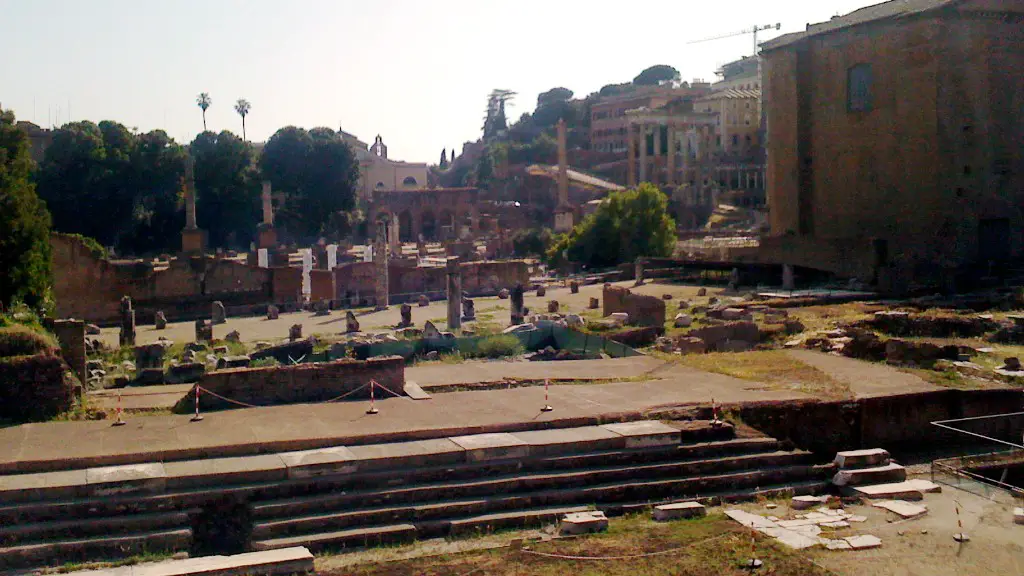Religion Hereditary to Ancient Rome
Religion was an important part of ancient Rome’s culture and the most widely observed religion was that of the Roman Empire. Though many gods were worshipped, the main deities were Jupiter, Juno and Minerva. The gods were responsible for the protection of the city, its people and its laws. The other gods included Mars, Venus, Apollo and Neptune. Additionally, there were various festivals attached to each god. The gods also had duties and responsibilities and they had to be honored accordingly.
The people of ancient Rome believed in ancestor worship, which involved the practice of respecting their deceased ancestors. This was done through offerings and sacrifices to their gods, as well as to their deceased forefathers. The votive offerings were made to ask for help and guidance from the gods and their deceased family members.
Aside from ancestor worship and the worship of the gods, there were also superstitions and omens. Villages and homes were built according to the stars and comets, and the gods were consulted about many things including the planting and harvest seasons. Additionally, during festivals, music and dance were used to honor the gods and to thank them for the year’s good harvest.
One of the most famous religious ceremonies during this period was the Vestalia, which was celebrated from June 7th to 15th. It was focused on the goddess Vesta, and it included offerings, processions, music and feasting. During the festival, women and slaves could enter the shrine of Vesta, while men were not allowed.
Sports inRoman Society
Sports and physical activities were an important part of Roman culture, which was represented through chariot racing and gladiator battles. Chariot racing was one of the most popular sports in ancient Rome and it has been described as a type of chariot racing that involved teams of four or six horses. The races took place in large circuses or arenas known as ‘circi’. The most famous of these was the Circus Maximus in Rome.
Gladiator battles, which involved renowned warriors and some of the bravest men and women, were another popular sporting activity in ancient Rome. These battles were fought in an arena, typically in front of an emperor and the general public. The most famous of these was the Colosseum, which is located in Rome and still stands as a major tourist attraction.
Aside from sports, physical activities such as running, swimming and wrestling were also popular in ancient Rome, while wrestling was included in the Roman Olympics. Wrestling was considered an important part of Roman culture, as it allowed individuals to test their strength and agility. There were also various types of festivals, such as the Saturnalia, which included sporting events, music, dancing and feasting.
Social Life and Education in Ancient Rome
Social life and education in ancient Rome had a significant role in shaping the culture of the city. Rich and powerful families had access to private tutors, even for their children. Education for the lower class was not as widespread, however it was still available in some cases. Girls were typically taught by their families and some were taught by tutors. Boys were also allowed to attend school, but the curriculum was mostly focused on literature, law and philosophy.
Social life in ancient Rome was mainly focused on entertainment and leisure activities. The upper class would gather at dinner parties to gossip and discuss important matters. Music, singing and dancing were also popular activities, which people of all classes enjoyed. Theatre and poetry readings were also a popular form of entertainment. People of all classes could attend the theatre and performances were often held in the public arenas.
In terms of religion and beliefs, the Roman gods were an important part of everyday life for the ancient Romans. They believed in multiple gods, which included the most famous gods such as Jupiter, Juno and Minerva. Roman mythology and beliefs were considered an important part of the culture and customs of the city.
Festivals in Ancient Rome
The ancient Romans celebrated many festivals, particularly at the end of each year. These festivals were used to honor the gods, to reflect on the past year, and to rejoice in what the future may bring. Some of the most famous festivals were the Ludi Romani, which included chariot races, athletic competitions and theatrical performances; Saturnalia, which featured public feasts and gift exchanges; and Lupercalia, which honored the god Lupercus.
Additionally, the Roman calendar was divided into different months, which corresponded to certain festivals and gods. These included Jovis, which honored the god Jupiter, and September, which honored the goddess Minerva. Other festivals included the Saturnia and the Quinquatrus, which were celebrated during the early days of spring.
Lastly, there were also more personal festivals, such as birthdays, weddings and funerals. On birthdays, people would often exchange gifts, such as money or clothes, and there would be feasts, music and dancing. Similarly, weddings involved feasting, music, and the exchange of gifts. Funerals were usually elaborate and the family of the deceased would perform the necessary ceremonies and rituals.
The Roman Language and Literature
The Roman language, Latin, had an important role in the culture of ancient Rome. Latin is an Indo-European language and was the language of communication in the Roman Empire. Aside from Latin, there were also various other languages spoken in the empire, such as Greek and some of the languages of the conquered people.
The Roman language was used in literature, particularly in poetry and in the writing of histories. The most famous works include Virgil’s Aeneid, Julius Caesar’s Gallic Wars, and Cicero’s On the Nature of the Gods. Greek literature was also very popular in ancient Rome and some of the works included Homer’s Iliad and Odyssey, Plato’s Republic, and Euripides’ Medea.
In terms of the spoken word, Latin was used in conversations between citizens and at public gatherings. Public meetings, such as the Senate, were all conducted in Latin. Rome’s government also used Latin for official communication, such as laws and decrees. The use of Latin was necessary for the citizens to feel united and connected.
Government Structures and Society in Ancient Rome
One of the main factors that shaped ancient Rome’s culture was its government structure. The Roman Republic was a system of government that was characterized by the rule of law and constitutionalism. Its main components were the Senate, which was composed of senators from each city-state, and the People’s Assembly, which was an open assembly for all free citizens.
The Senate was responsible for making laws and for overseeing the government, while the People’s Assembly and the magistrates were responsible for the administration of justice. Additionally, there was a system of patronage, which was a form of client-patron relationship in which the patrons provided protection and resources to their clients.
The Roman classes were also an important factor in shaping Roman culture. The upper class was composed of wealthy landowners, while the lower class was made up of artisans, craftsmen and merchants. Slavery also played an important role in Roman society. Slaves were responsible for a variety of jobs, including farm work and domestic service.
Conclusion
Ancient Rome was a complex and diverse society, with a unique culture and set of values that shaped its political, economic and social structures. Religion, sports, social life and education, festivals and language, government structures, and the class system were all important aspects of the culture. Ancient Rome was a powerful and influential society that left behind a lasting legacy.
